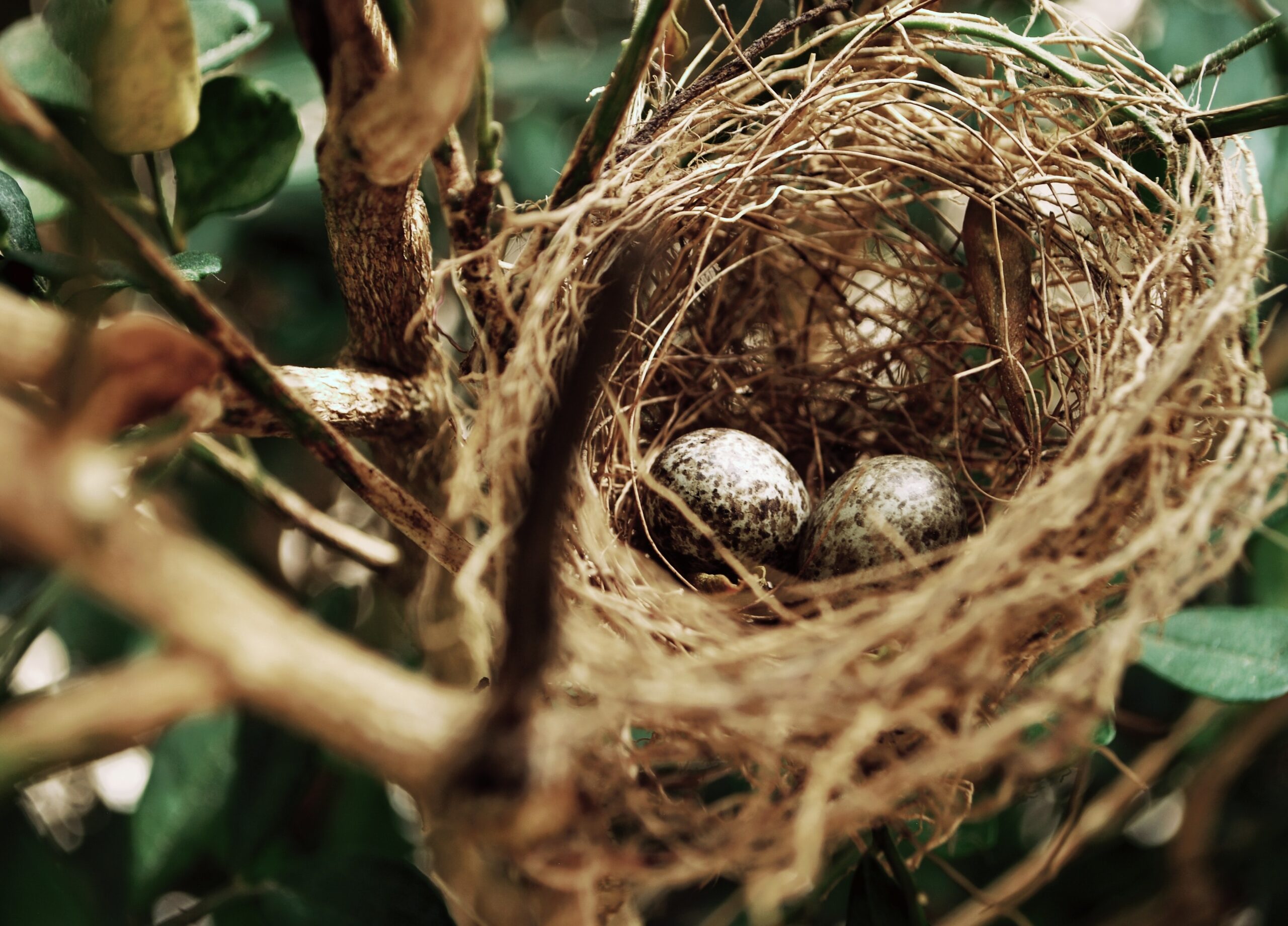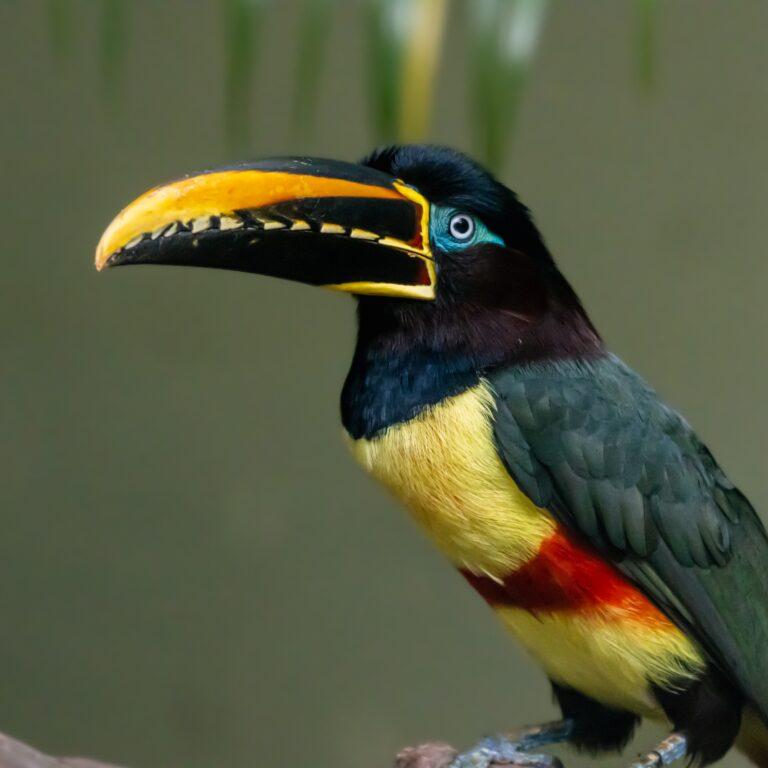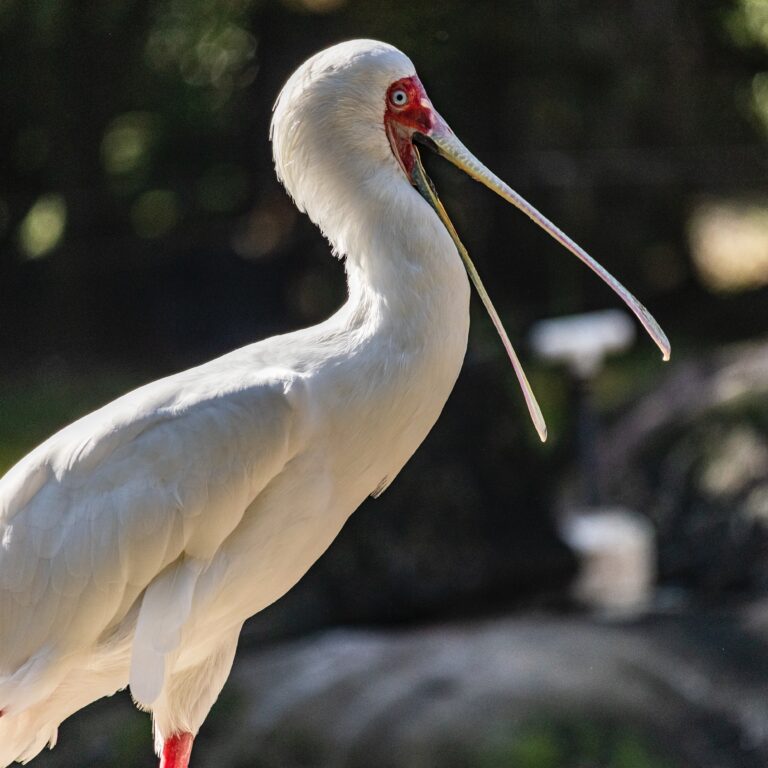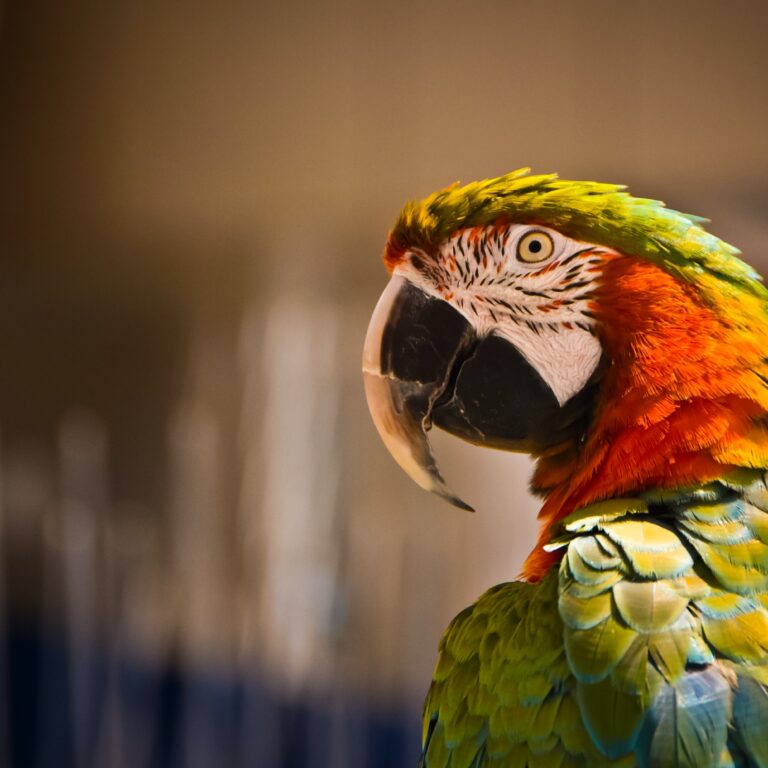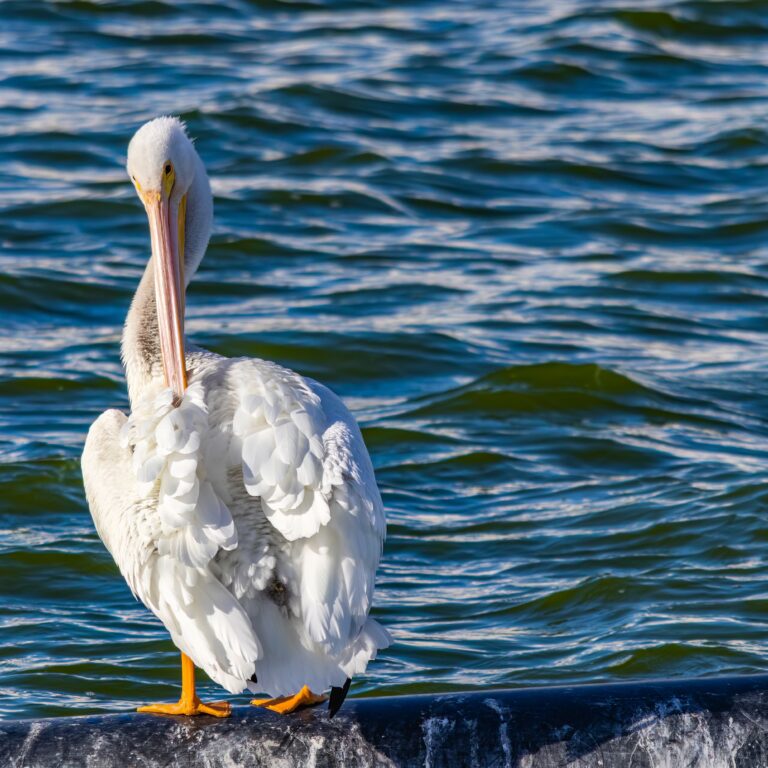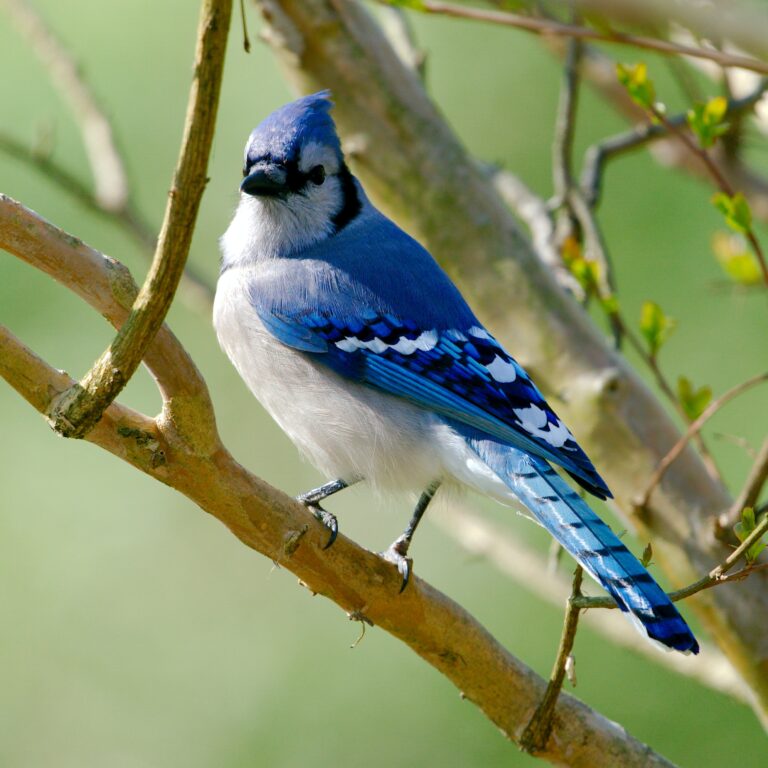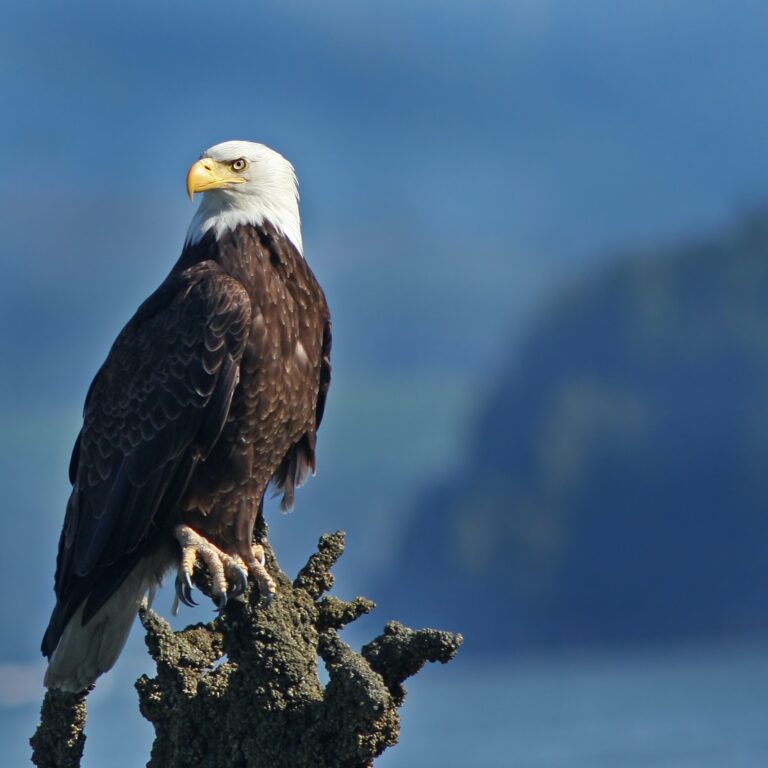Top 4 Benefits of Having Birds Nest in Your Plant Pots
Here are some of the benefits of having birds nest in your plant pots:
- They can help to control pests and insects. Birds eat insects, so having them around your garden can help to keep your plants healthy and free of pests.
- They can help to pollinate plants. Some birds, such as hummingbirds, are important pollinators. They help to transfer pollen from one flower to another, which is essential for plant reproduction.
- They can provide entertainment and enjoyment. Watching birds come and go from your garden can be a great way to relax and de-stress. It can also be a fun and educational experience for children.
- They can help to increase biodiversity. Having birds in your garden can help to increase the diversity of life in your area. This is important for a number of reasons, including the fact that it can help to improve the health of your ecosystem.
If you are interested in attracting birds to your plant pots, there are a few things you can do:
- Place your plant pots in a sunny spot. Birds prefer to nest in sunny areas.
- Provide a water source. Birds need water to drink and bathe. You can provide a water source by placing a birdbath in your garden or by leaving out a shallow dish of water.
- Plant native plants. Native plants attract birds because they provide food and shelter.
- Avoid using pesticides. Pesticides can harm birds and other wildlife. If you need to use pesticides, be sure to use them carefully and only when necessary.
By following these tips, you can create a garden that is attractive to birds and other wildlife.
Summary:
In the realm of avian nesting habits, some bird species exhibit a surprising preference for laying eggs in plant pots. This comprehensive guide explores the reasons behind this behavior, the types of birds involved, and ways to coexist with these feathered visitors.
Plant pots provide advantages such as elevated positions and protection from elements, making them attractive to certain bird species. Common birds that nest in plant pots include House Sparrows, European Starlings, and House Finches, each with unique nesting habits. To coexist harmoniously, it is important to respect their chosen nesting sites, provide alternative nesting options, and enjoy the joyous experience of observing their life cycles. Embracing the presence of nesting birds in plant pots adds an enchanting dimension to both gardening and our appreciation of nature.
Introduction
In the delightful realm of nature, birds exhibit a wide range of nesting behaviors, and some of them surprise us with their choice of nesting sites.
One intriguing phenomenon is the habit of certain bird species laying eggs in plant pots. In this comprehensive guide, we will dive into the captivating world of avian nesting habits, specifically focusing on the birds that favor plant pots as their chosen nesting spot. Join us as we explore the reasons behind this behavior, the types of birds involved, and the best ways to coexist with these feathered visitors.
The Appeal of Plant Pots as Nesting Sites
Plant pots offer several advantages that make them attractive to certain bird species. Their elevated position provides a vantage point for birds to survey their surroundings and keep a watchful eye on potential predators. The confined space within a plant pot also offers protection from the elements and reduces the chances of nest disturbances.
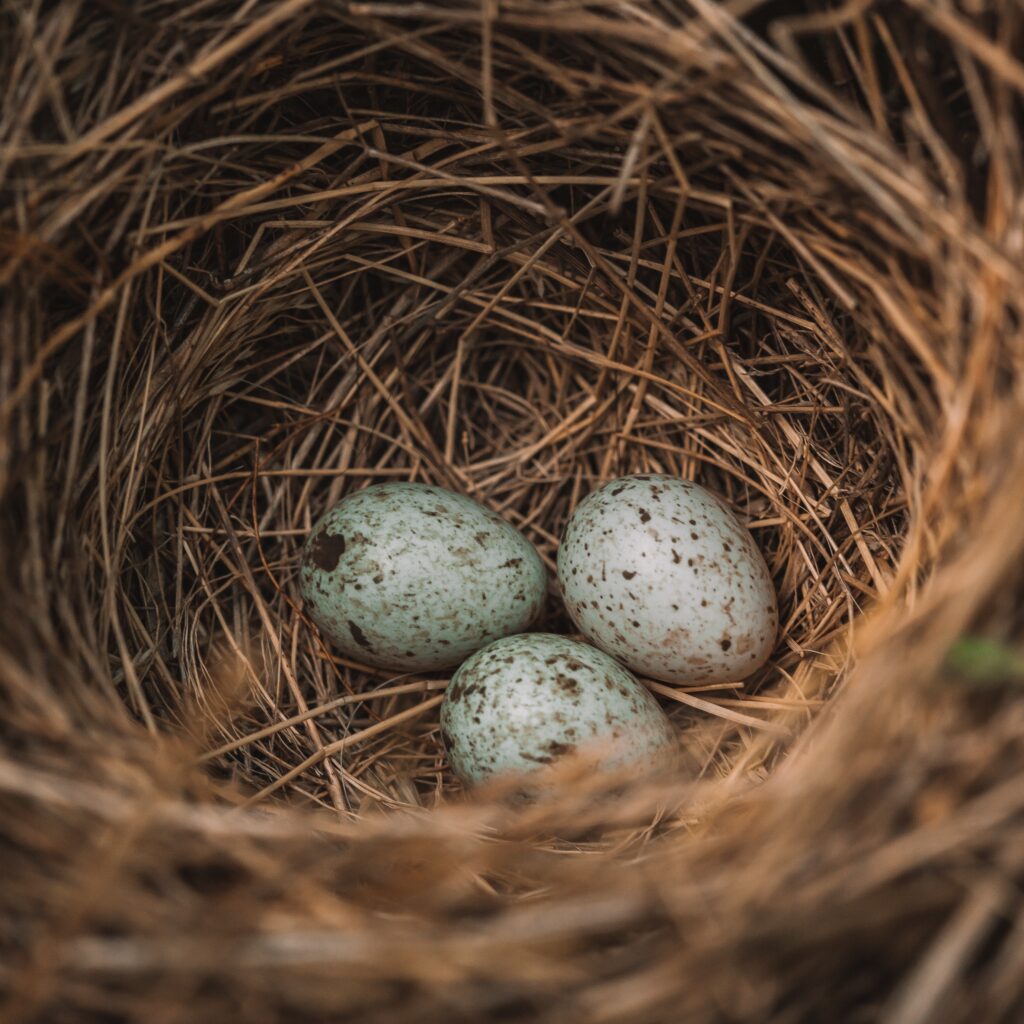
Understanding Avian Nesting Behavior
To comprehend why birds select plant pots for nesting, it is crucial to understand their nesting behavior. Birds construct nests to provide a secure environment for their eggs and nestlings. Factors such as shelter, camouflage, and accessibility play significant roles in their decision-making process.
Common Bird Species That Nest in Plant Pots
Several bird species exhibit a preference for nesting in plant pots, showcasing their adaptability to urban environments. Among the most commonly observed species are the House Sparrow, European Starling, and House Finch. Each species brings its own unique characteristics and nesting habits to the table.
House Sparrow (Passer domesticus)
The House Sparrow is renowned for its affinity for nesting in cavities, including plant pots. These adaptable birds have successfully adapted to human-altered environments, and their nests can often be found tucked away in cozy corners of potted plants. Their nests are typically made of twigs, grass, and feathers, providing a snug abode for their offspring.
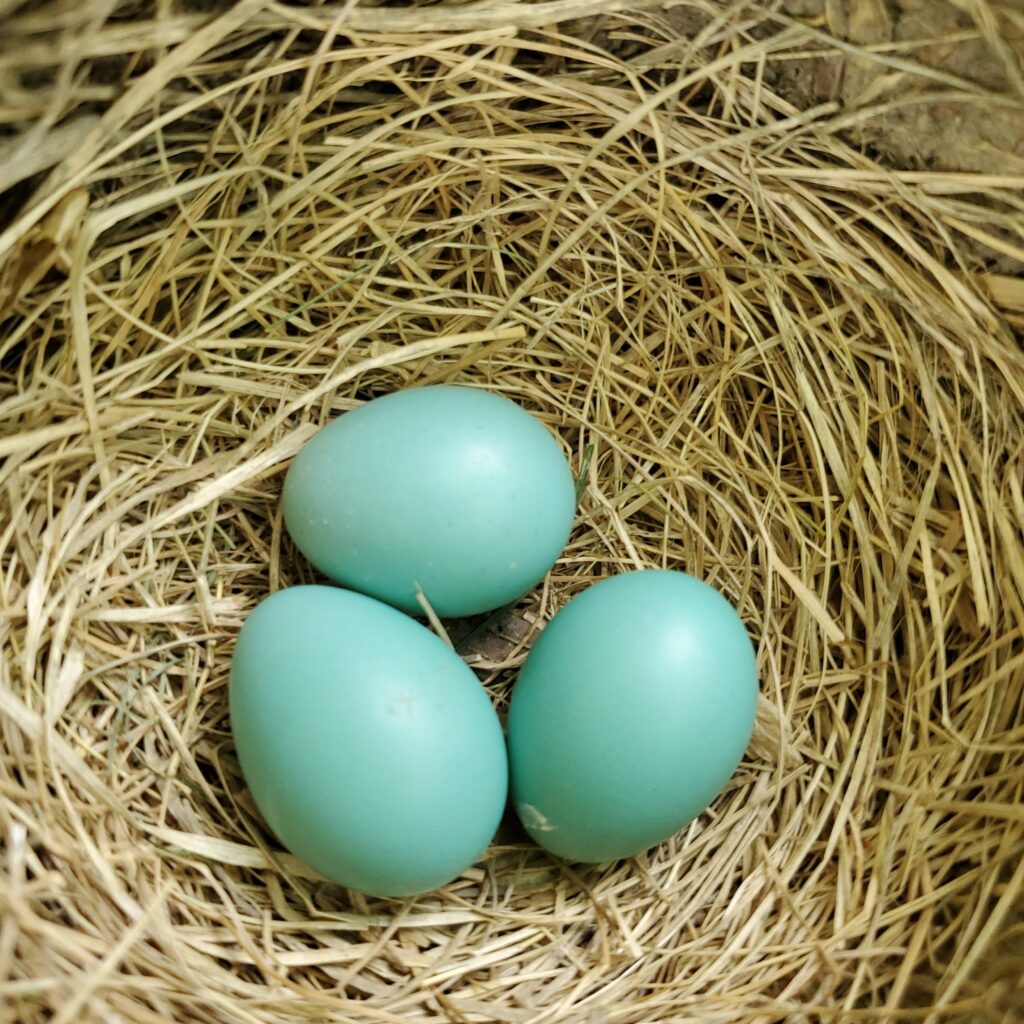
European Starling (Sturnus vulgaris)
European Starlings are known for their impressive vocalizations and their knack for mimicking other bird species. These resourceful birds are cavity nesters and frequently choose plant pots as a nesting location. Their nests consist of grass, leaves, and feathers, and they are known to be quite diligent in defending their chosen nesting sites.
House Finch (Haemorhous mexicanus)
The House Finch is a small songbird with a cheerful, melodic voice. These birds are skilled nest builders and often opt for plant pots as convenient nesting spots. Their nests are constructed using a combination of grass, plant fibers, and small twigs, displaying their meticulous craftsmanship.
Coexisting with Nesting Birds in Plant Pots
If you discover birds nesting in your plant pots, it is important to strike a balance between enjoying their presence and maintaining your own gardening activities. To coexist harmoniously, there are a few key considerations to keep in mind. First and foremost, avoid disturbing the nesting site.
Refrain from moving or rearranging the pots, as this can disrupt the birds and cause unnecessary stress. Secondly, ensure that the plants in the pots continue to receive adequate care. Water and fertilize the plants as needed, being mindful not to disturb the nesting birds or their young.
Additionally, be cautious when pruning or trimming nearby vegetation to avoid interfering with the nesting area. Lastly, take necessary precautions to protect both the birds and your plants. For instance, you can install temporary barriers or mesh around the pots to prevent predators from accessing the nest. By following these guidelines, you can create a conducive environment for the nesting birds while still maintaining your gardening activities.
Providing Alternatives for Nesting Birds
To further promote a harmonious coexistence, consider offering alternative nesting options for birds. Install birdhouses or nest boxes within your garden or balcony to provide additional nesting opportunities. These structures should be designed to mimic the natural cavities that birds prefer, such as the hollows of trees or crevices in rocks.
By providing these purpose-built spaces, you can attract a wider variety of bird species and alleviate any potential competition for nesting sites in your plant pots. When selecting or constructing birdhouses, it’s important to consider factors like entrance hole size, nesting material, and proper ventilation to ensure the comfort and safety of the nesting birds. By diversifying the available nesting options, you not only enhance the nesting possibilities for birds but also contribute to their overall well-being and conservation.
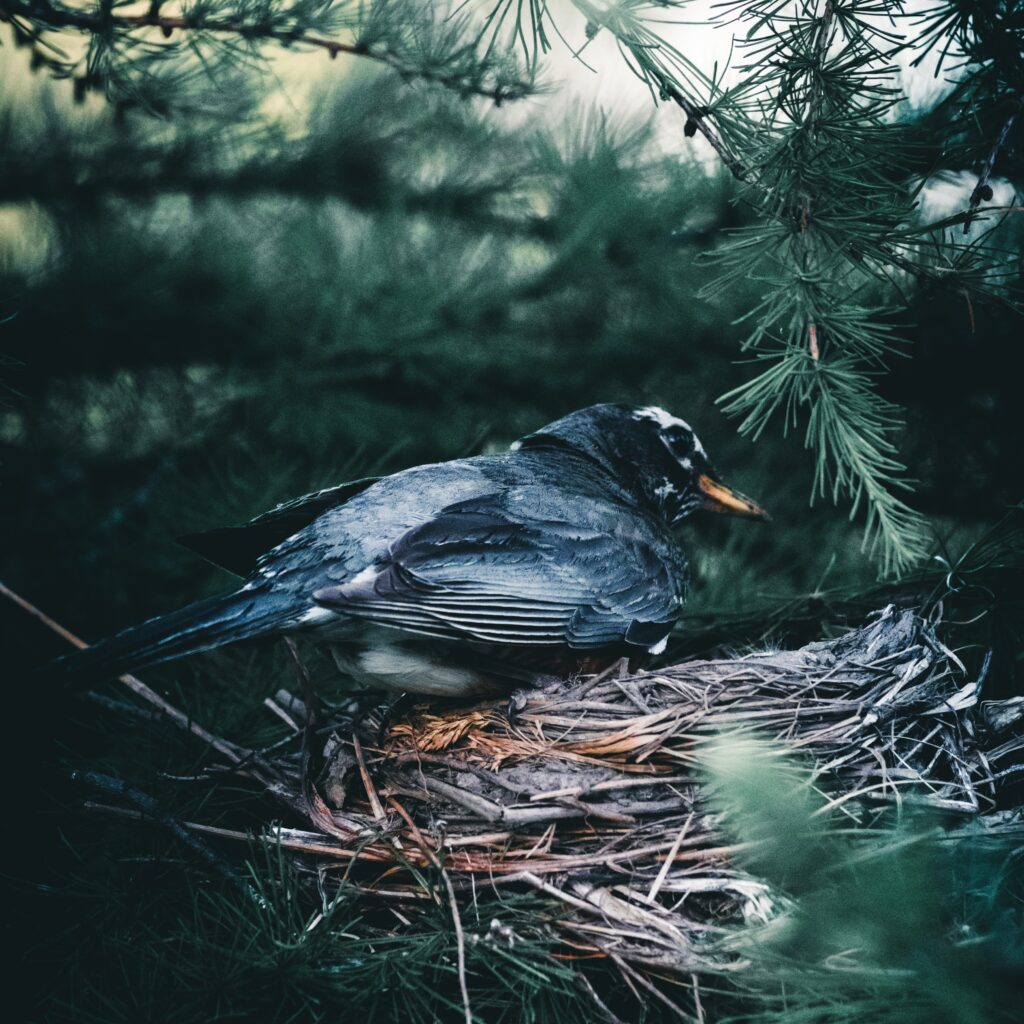
The Joy of Observing Avian Nests
Having birds nest in your plant pots can offer a unique and rewarding experience, allowing you to observe the entire life cycle of these feathered creatures. From the meticulous construction of their nests to the thrilling moment when eggs are laid, and the subsequent growth of the nestlings, each stage showcases the wonders of nature.
The presence of nesting birds in your plant pots not only provides educational opportunities to learn about different bird species and their nesting behaviors but also contributes to the conservation of avian populations. By offering a safe haven for these birds, you actively participate in preserving their species and promoting biodiversity. Embrace this privilege of witnessing the marvels of nature, fostering a deeper understanding and appreciation for avian life while taking on the responsibility of protecting these magnificent creatures
Conclusion
The habit of birds laying eggs in plant pots is a fascinating aspect of avian nesting behavior. By understanding the appeal of plant pots, the bird species involved, and strategies for coexistence, you can appreciate the wonders of nature while nurturing your own green space. Embrace the presence of these birds, and let their nesting adventures add an extra layer of enchantment to your gardening journey.
Frequently Asked Questions:
Q: Why do birds choose to lay eggs in plant pots?
A: Birds may choose plant pots as nesting sites due to their elevated position, providing a vantage point for surveillance and protection from predators. The confined space also offers shelter and reduces disturbances.
Q: Which bird species are commonly observed nesting in plant pots?
A: Common bird species that nest in plant pots include House Sparrows, European Starlings, and House Finches. These adaptable birds have successfully adapted to urban environments and exhibit nesting behaviors that make plant pots an attractive option.
Q: How can I coexist with nesting birds in my plant pots?
A: To coexist harmoniously, it is important to avoid disturbing the nesting site, ensure the plants receive proper care, and take precautions to protect both the birds and your plants. Providing alternative nesting options, such as birdhouses or nest boxes, can also encourage birds to choose those spaces over plant pots.
Q: Are there any benefits to having birds nest in plant pots?
A: Yes, having birds nest in plant pots can offer a unique and rewarding experience. It allows you to observe the life cycle of these birds, from egg-laying to fledgling growth, providing an opportunity to connect with nature and gain a deeper appreciation for avian life.
Q: Can I remove the bird’s nest from my plant pot once they have left?
A: It is recommended to wait until the nesting season is over and the birds have left before removing the nest. Birds may reuse nests in subsequent seasons, so leaving the nest undisturbed can provide nesting opportunities for future bird families.
Q: How can I ensure the safety of the birds nesting in my plant pots?
A: To ensure the safety of nesting birds, avoid using pesticides or harmful chemicals near the plant pots. Also, keep pets away from the nesting area to minimize disturbances. Providing a peaceful and secure environment will help protect the birds and their offspring.
Q: Is it legal to disturb or remove bird nests from plant pots?
A: In many countries, it is illegal to disturb or remove active bird nests without proper permits or authorization. It is important to familiarize yourself with the local laws and regulations regarding the protection of nesting birds before taking any action.
Q: Will having birds nest in my plant pots damage the plants?
A: While nesting birds may cause some minor disturbances to the plants, such as dislodging soil or plant debris, it typically does not cause significant damage. With proper care and maintenance, the plants can continue to thrive alongside the nesting birds.
Q: Can I attract specific bird species to nest in my plant pots?
A: Providing suitable nesting habitats, such as offering birdhouses or nest boxes designed for specific bird species, can increase the likelihood of attracting them to your garden. Researching the nesting preferences of desired bird species and implementing appropriate nesting structures can help attract them to your plant pots.

